StoneTown is the oldest part of ZanzibarTown and a World Heritage Site. The Portuguese first built on the site when colonizing Zanzibar in the 1700’s, and the Omanis (Arabs) continued with renovations–including tearing down a Portuguese church and using the stones to build an open-air prison in which they held Portuguese denizens captive–in the 1800s.
The twisting, narrow streets are famous for the shops and peddlers which beseech tourists to buy African cloth, crafts and trinkets. Of more interest to us was the slave auction historical site, location of the last known regular slave auction in the world.
Slaves were captured or bought in central and east Africa, transported to Zanzibar, held in wretched cramped dungeons, then sold to Arab, Indian and African slaveholders. Many if not most slaves died before they could be auctioned. Interestingly, few Masai (our safari will take us to the Masai Steppe with Masai guides) were among the slave candidates. They were fierce and nomadic, meaning they were hard for rival African tribes to conquer and hard for bounty hunters to catch.
The Omani rulers closed the auction site in 1873 after persistent urging by the British at the behest of Dr. Livingstone. Immediately upon the slave auction’s closing, Anglicans began building a church on the site both to preserve its memory and to consecrate it. Today, 2 of the 15 original dungeon rooms are available for tourists to visit and a memorial sculpture is part of the church grounds.
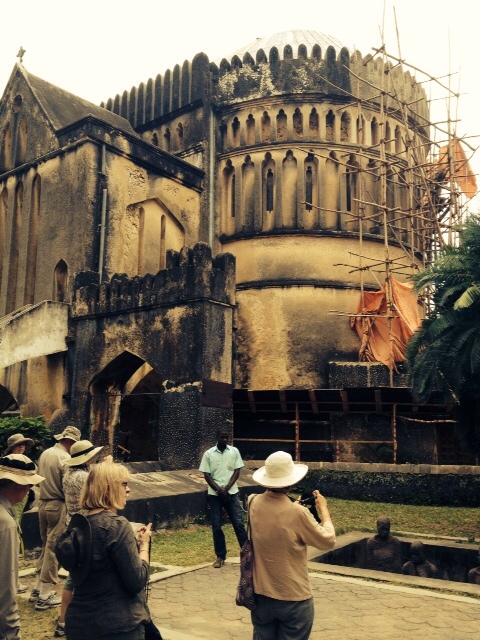
Anglican Church on the site of the slave market. The altar sits at the location of the whipping tree, where slaves were whipped to determine how strong and valuable they were.
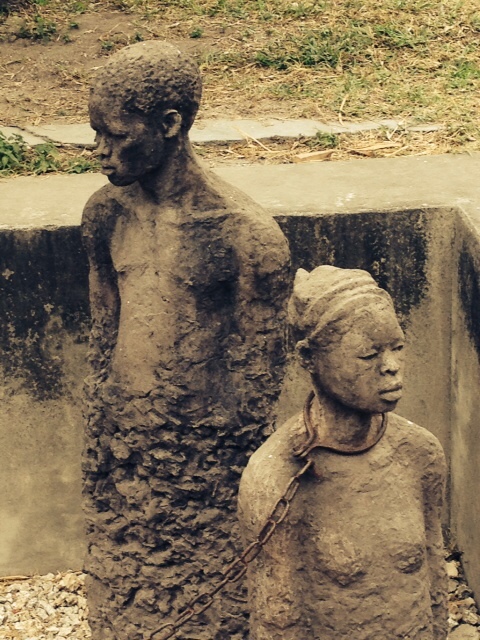
Memorial sculpture on site. The sculpture uses actual chains from the slave market and is ethnographically accurate. The concrete walls and recessed pit recall the dungeon where they were kept until auction day.




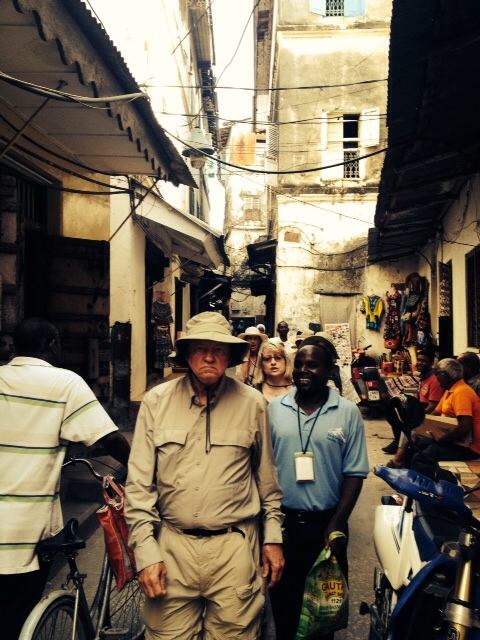
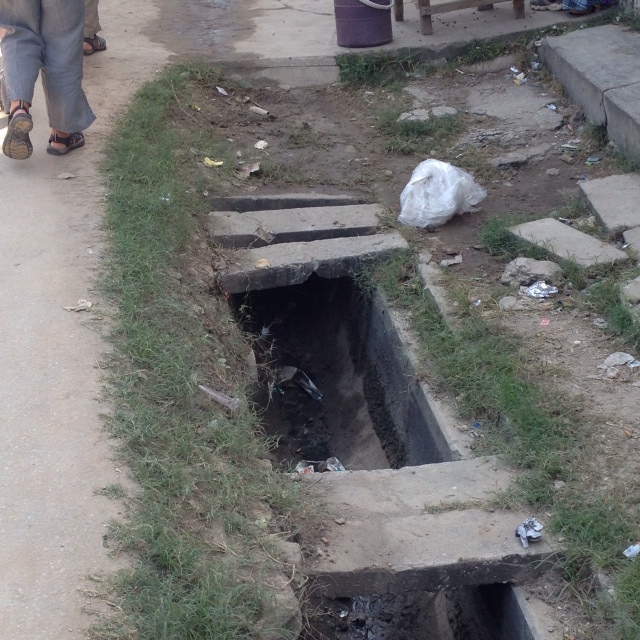
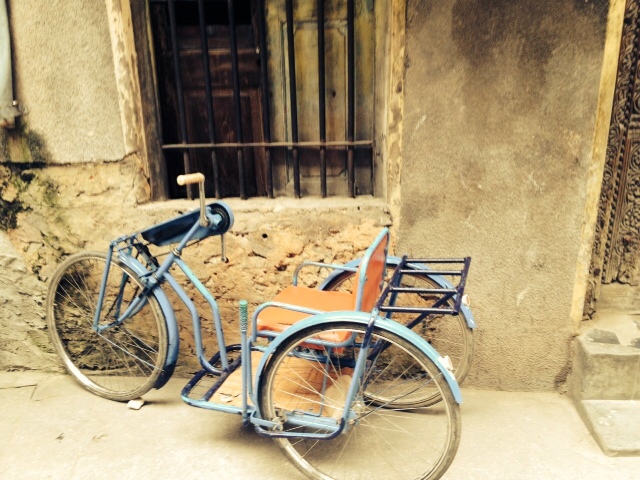
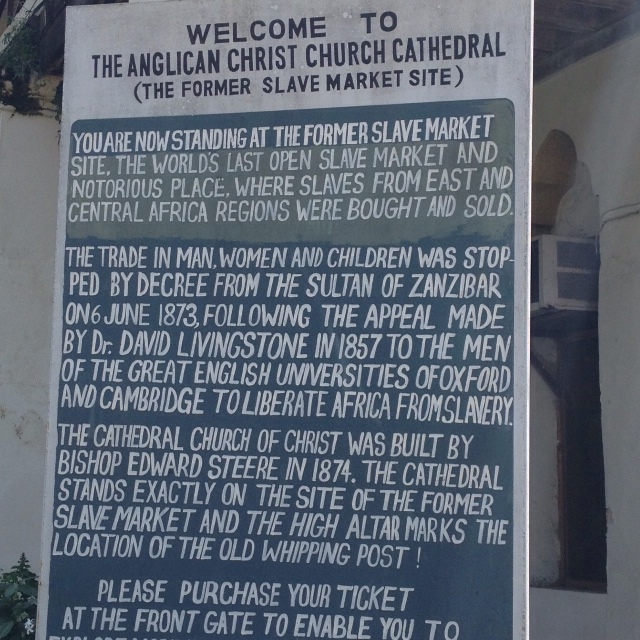
What a story this town tells, reminds me a lot of Ghana. Interesting how several slave dungeons built chapels or other religious structures on top of dungeons.
Jack thank you so much for sharing – I feel I was there too!